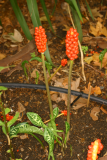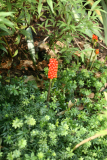Additional notes (click to expand)
Nomenclature
Syn. = Arum italicum 'Pictum'
Toxicity
All plants in Aracaeae are toxic. The main toxin is calcium oxalate, present as needle-like raphides inside specialised cells throughout the plant, called idioblasts, which when chewed fire the needles into the tongue, gums and throat of the eater. The needles cause thousands of micro-wounds, probably also introduce oxalic acid into damaged tissues, and additionally cause massive histamine release and cause extreme pain and swelling.
Neuwinger, HD. (1996). African Ethnobotany: Poisons & Drugs, Chapman & Hall page 221
Arum italicum subsp. italicum 'Marmoratum'
Family: ARACEAEGenus: Arum
Species: italicum
SubSpecies: italicum
Cultivar: 'Marmoratum'
Common names: Italian Arum
Distribution summary: Europe, N. Africa, Turkey, Caucasus
Habit: Perennial
Hardiness: H5 - Hardy; cold winter
Garden status: Currently grown
Garden location: Plants of the World (B)
Reason for growing: Toxic
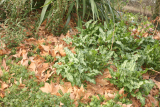
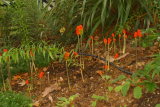

.JPG)
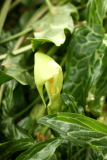

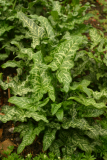

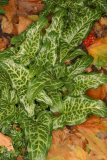
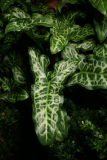
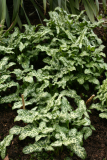
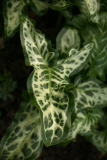

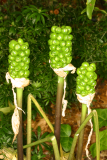
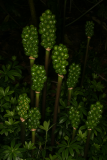
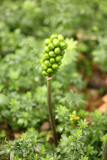
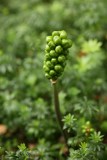

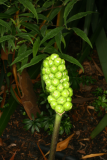
.JPG)
